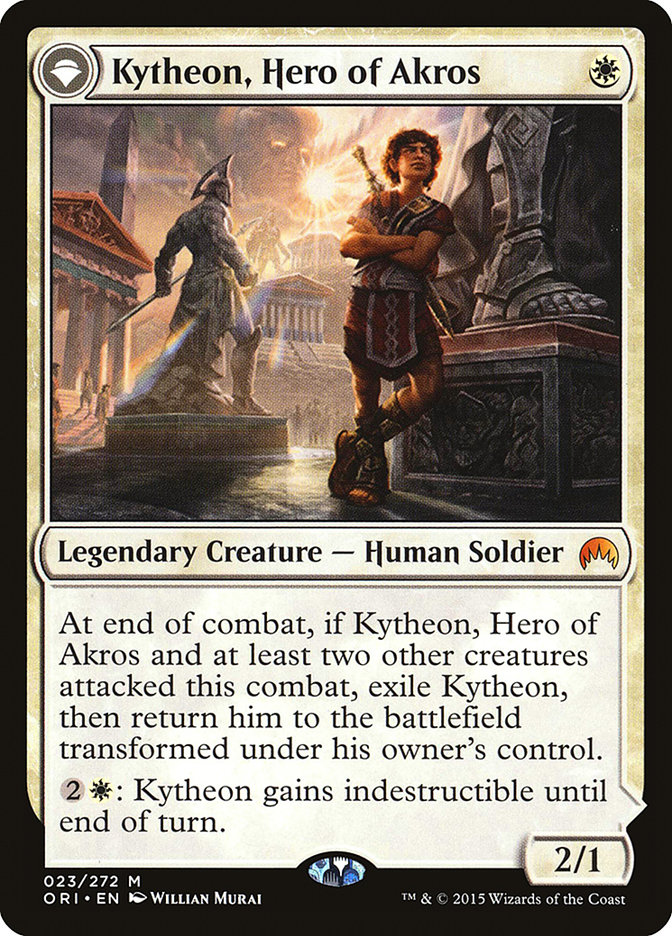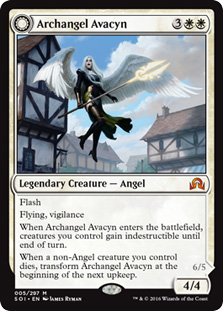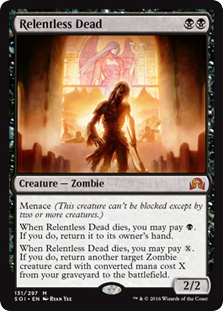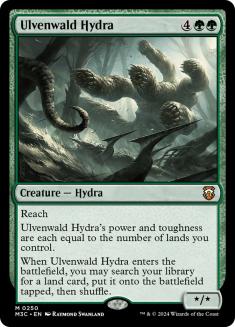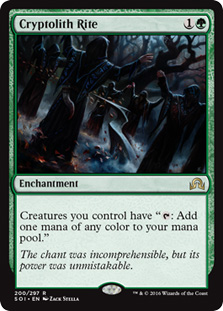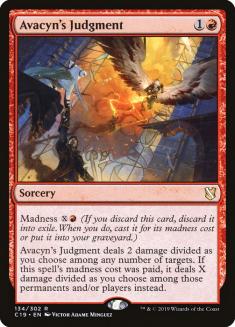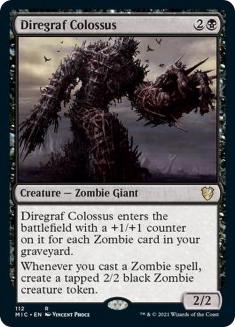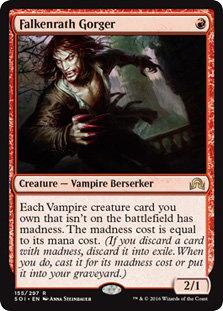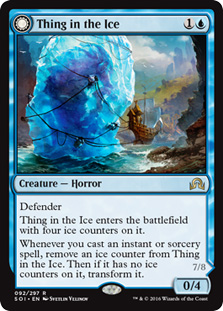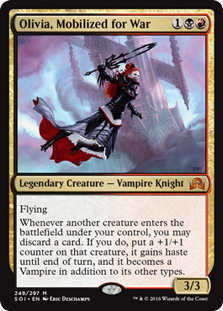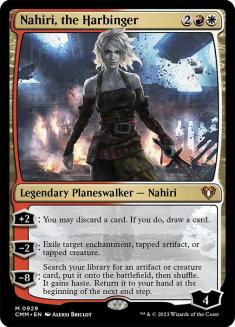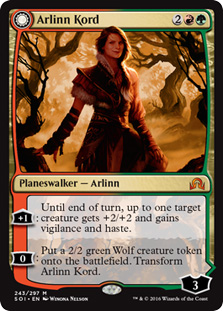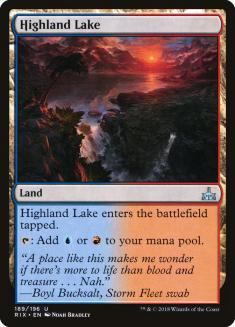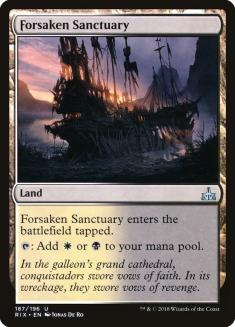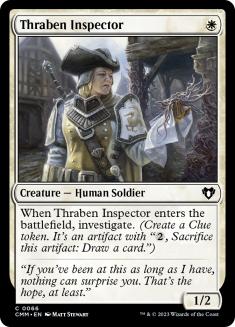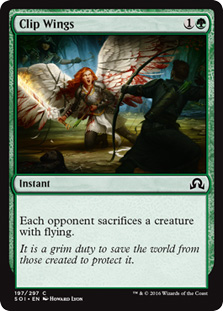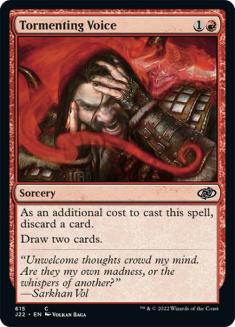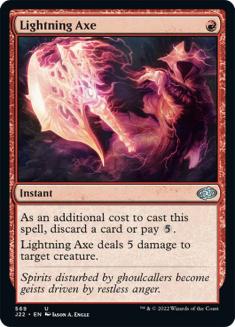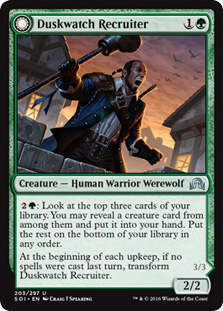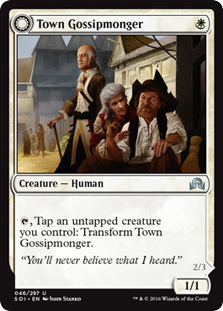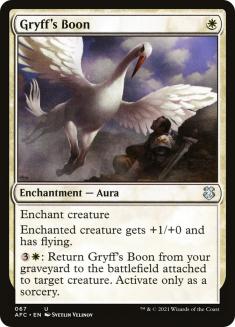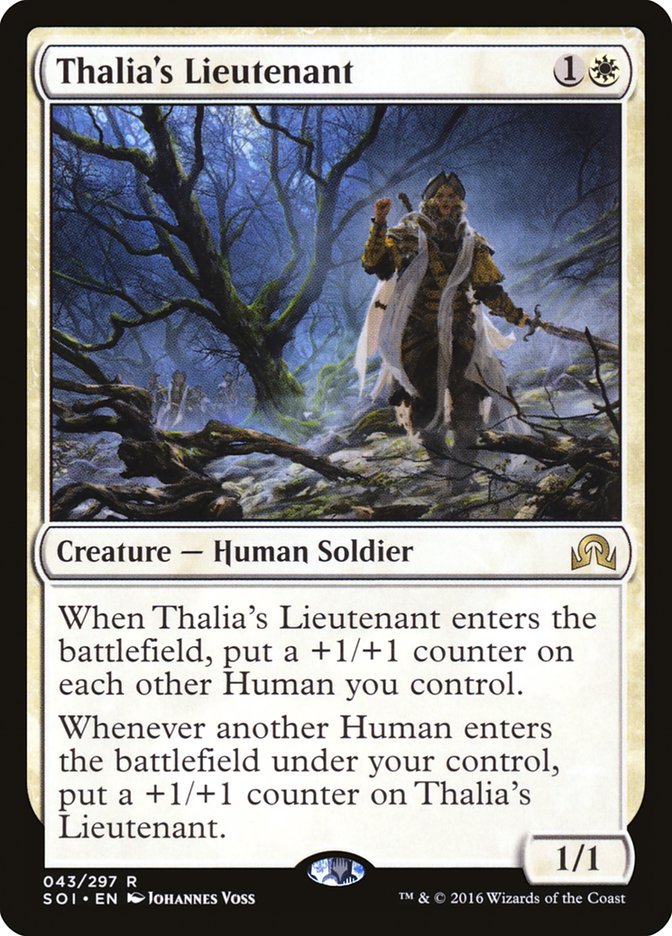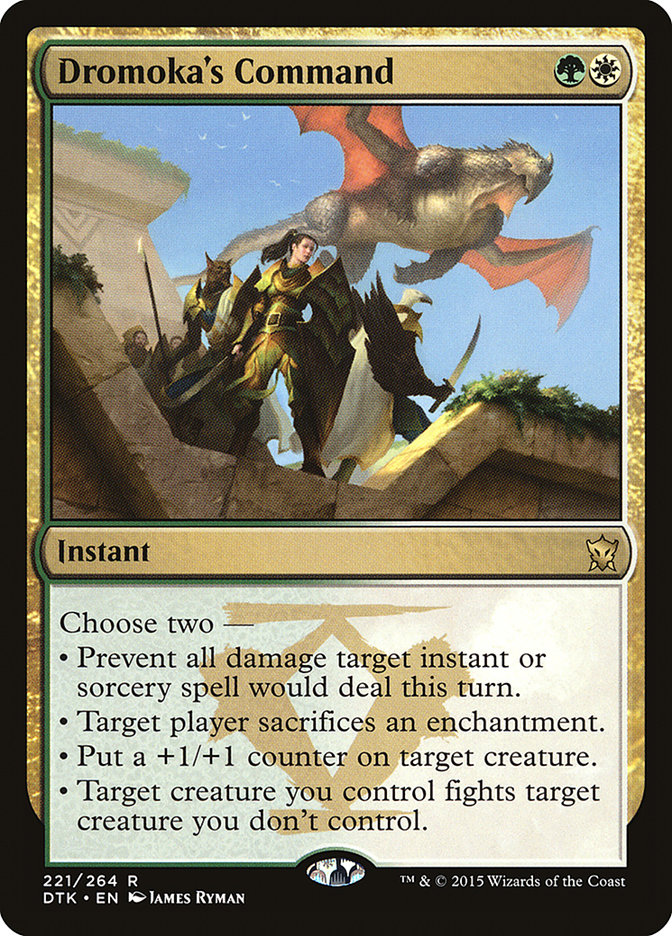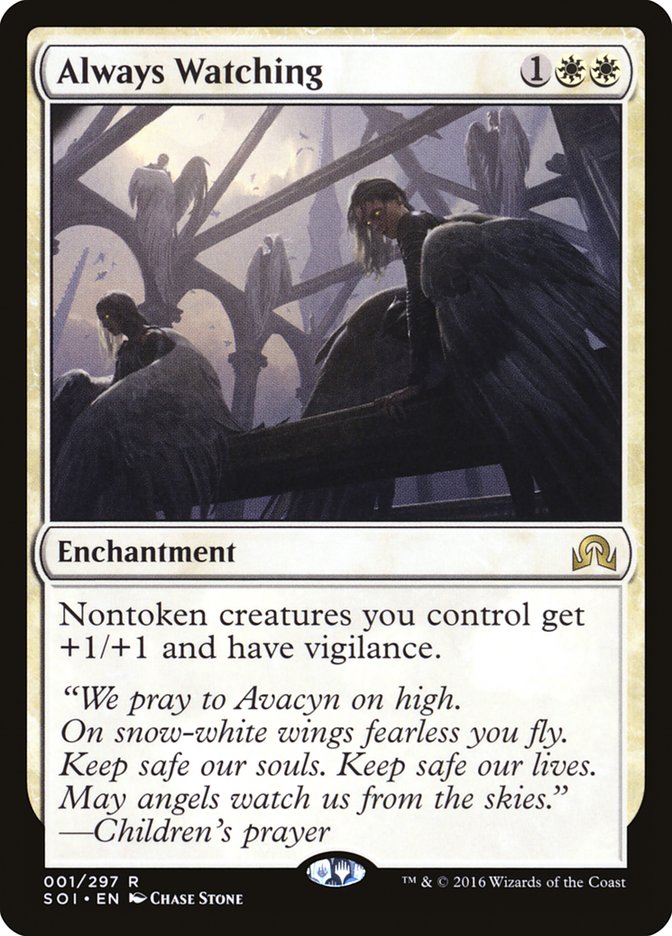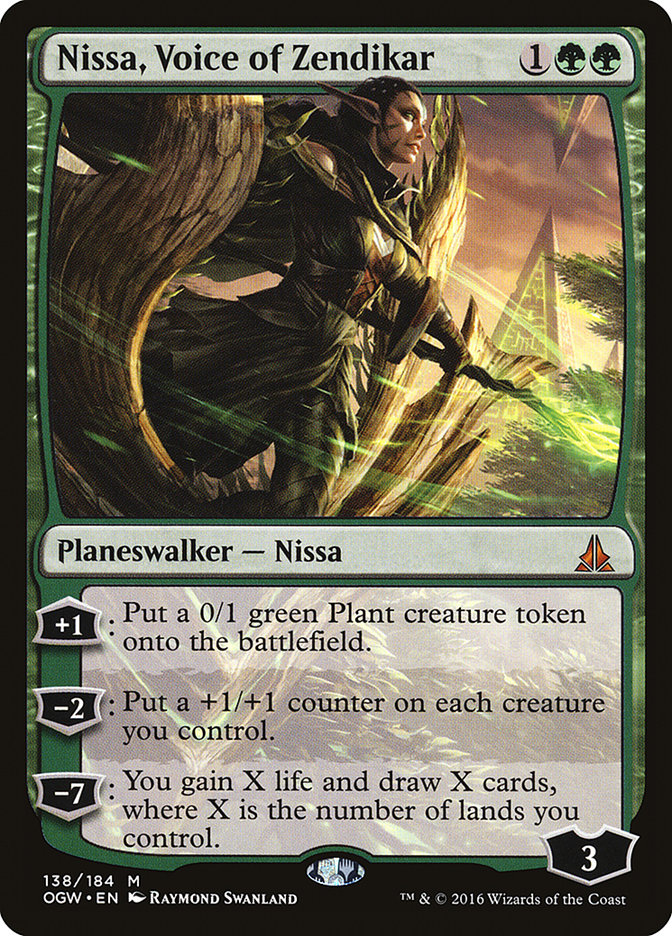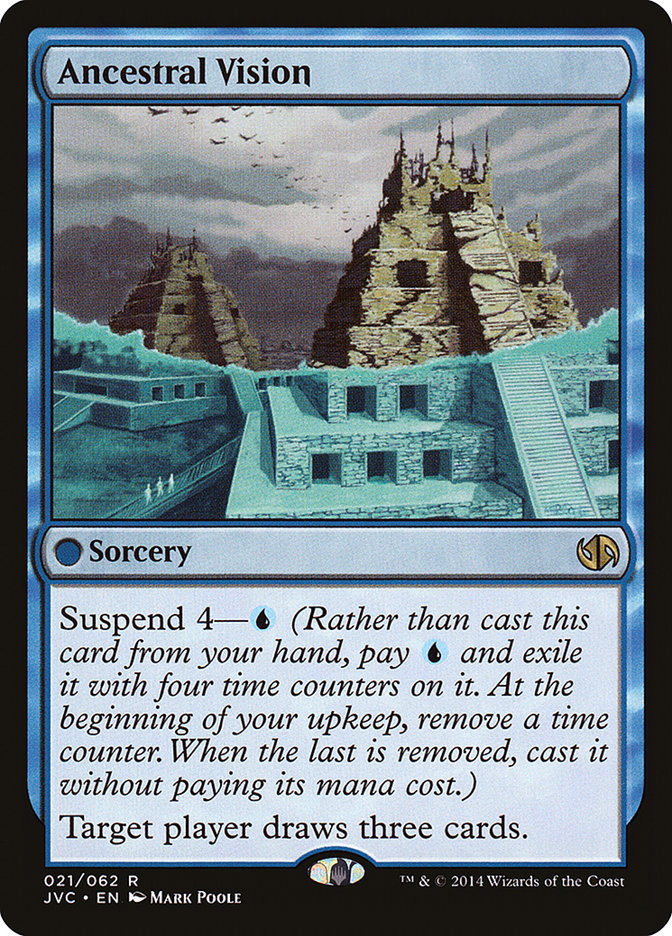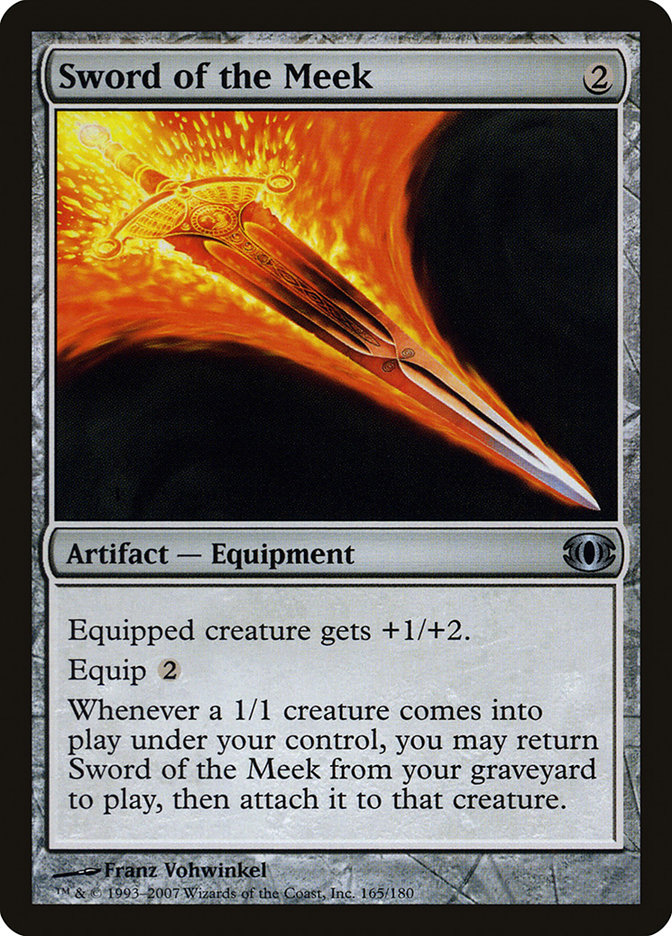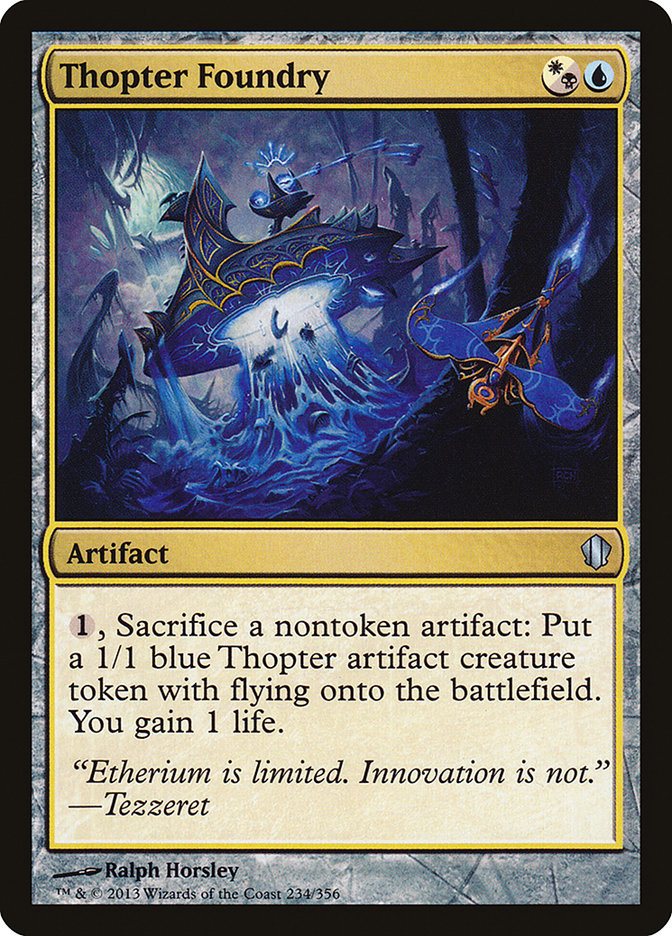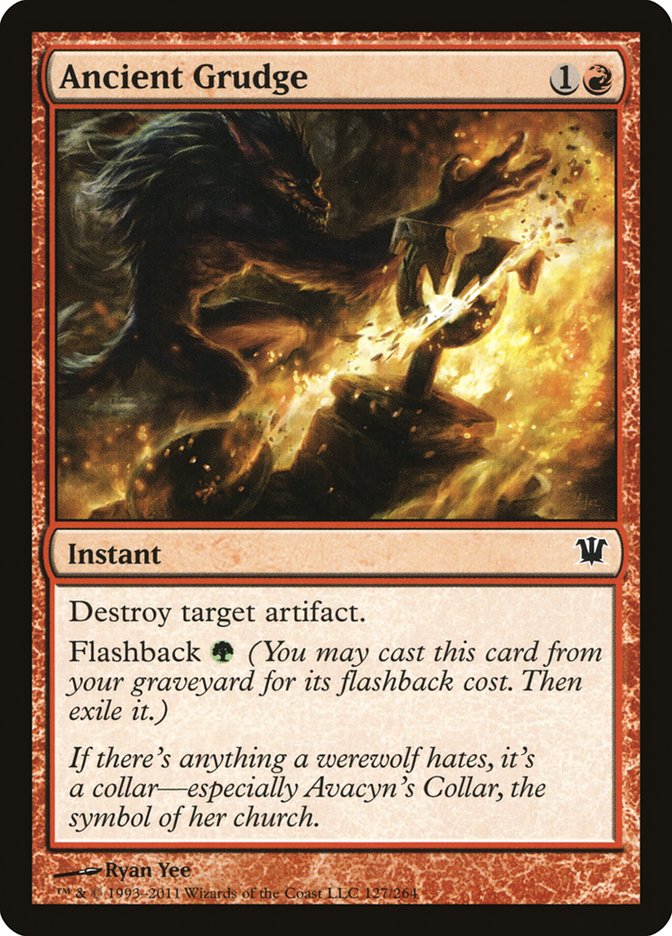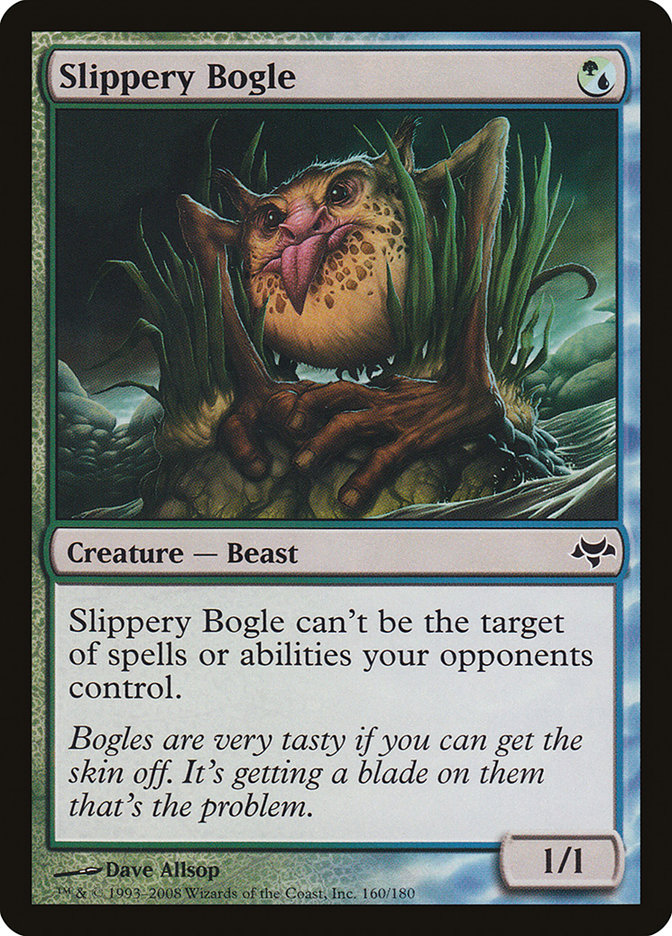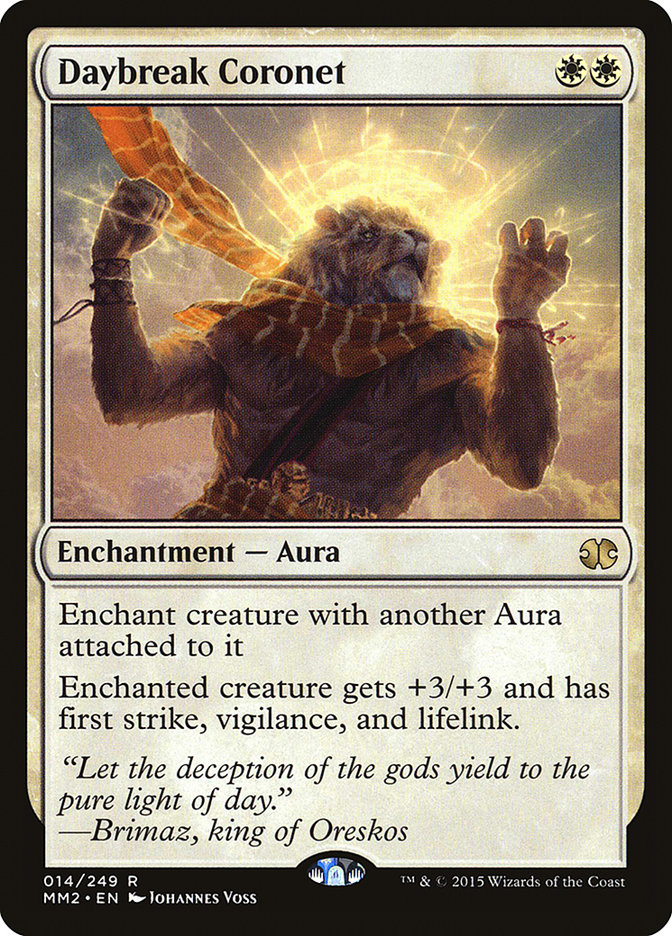Over the past two weeks, I’ve spent the majority of my time with an SCGLive headset on, watching people play Magic. And while watching Magic isn’t a substitute for playing it, it does give me a different perspective on things that most people don’t have. As a result, I feel like I’ve learned a ton about where Standard and Modern are going and I’m going to share those things with you today.
Mono-White Humans Is the Best Version of Humans
Coning into #SCGBALT, W/U Humans was a very obvious deck that I expected to be heavily represented. The ability to easily splash for Reflector Mage via Port Town, Prairie Stream, and Knight of the White Orchid meant that W/U Humans was a great starting point for anyone looking to get aggressive on the opening weekend of Shadows over Innistrad. As you can see from the Day 2 Metagame Breakdown from #SCGBALT, 23 of the 134 players who made Day 2 played W/U Humans, with two copies making the Top 8:
Creatures (29)
- 4 Knight of the White Orchid
- 2 Dragonlord Ojutai
- 2 Kytheon, Hero of Akros
- 4 Archangel of Tithes
- 3 Consul's Lieutenant
- 4 Reflector Mage
- 2 Archangel Avacyn
- 4 Thraben Inspector
- 4 Thalia's Lieutenant
Lands (24)
Spells (7)

Creatures (29)
- 4 Knight of the White Orchid
- 3 Dragonlord Ojutai
- 2 Kytheon, Hero of Akros
- 4 Archangel of Tithes
- 3 Consul's Lieutenant
- 4 Reflector Mage
- 1 Archangel Avacyn
- 4 Thraben Inspector
- 4 Thalia's Lieutenant
Lands (12)
Spells (19)

But if you remember the finals of #SCGBALT, it wasn’t W/U Humans that Jim Davis beat to earn his second Open championship. It was Mono-White Humans:
Creatures (28)
- 4 Knight of the White Orchid
- 3 Dragon Hunter
- 3 Kytheon, Hero of Akros
- 2 Consul's Lieutenant
- 2 Expedition Envoy
- 4 Thraben Inspector
- 4 Thalia's Lieutenant
- 3 Hanweir Militia Captain
- 3 Town Gossipmonger
Lands (1)
Spells (31)

So why Mono-White instead of W/U? Simple. Speed.
As easy as it is to splash Reflector Mage, not everything always works perfectly. Sometimes you draw an opening hand with two Port Towns and no land to reveal. Other times, you may draw Prairie Streams that enter the battlefield tapped. The times where that happens occur more than you think, and when they do, it really messes with your ability to be as aggressive as possible. I know a manabase of eighteen to twenty Plains isn’t the sexiest thing in the world, but having all of your lands enter the battlefield untapped when you’re playing a hyper-aggressive decks is incredibly important.
Remember, the reason that you’ve decided to play some form of Humans in the first place is to beat down your opponent before they can do their thing. A good way to let your opponent do their thing? Not doing your thing quickly enough. As good as Town Gossipmonger and Kytheon, Hero of Akros may be, they’re a lot better on turn 1 than turn 3.
Gryff’s Boon Is the Real Deal
One of my favorite things to do is to look over an entire set after a few tournaments have taken place to see what we missed as a community. It’s easy to put a lot of attention on the splashy rares and mythics that are previewed, but more often than not, select commons and uncommons are what keep your deck together. Case in point, let’s look over Shadows over Innistrad now that a few tournaments are in the books:
Splashy Cards That We Were Excited About
Cards That No One Really Talked About
Of the cards that no one really talked about, I believe Gryff’s Boon is the best of the bunch. As usual, flying is awesome in Constructed (is flying ever bad in Constructed?!) and this enables a ground-based deck like Humans to be able to go to the sky to get the last points of damage across. If you had the opportunity to watch Max McVety win the #SCGINVI last weekend, you saw him win many of his games with Gryff’s Boon not only sending his Humans into the sky but also being a reusable effect in the off-chance that mana flood occurred.
As good of a deck as Bant Company is, it does have difficulty with flying creatures. It also doesn’t have a very clean answer to Gryff’s Boon. So if you’re looking to take down the three-color menace with some aggression, I recommend finding a way to cast Gryff’s Boon on one of your creatures.
Lambholt Pacifist Is Very Easy to Get Attacking
When you first read Lambholt Pacifist, you immediately think of ways to make it start attacking as soon as possible. “What 4/4s can I put into my deck?” is a traditional thought, but where I think your head should be is “How can I turn this into a four-power creature?” Fortunately, there are a lot of ways:
If you believe W/G Humans is a thing, and given Dwayne Graham’s 8th place finish at #SCGBALT I believe something is going on here, I think Lambholt Pacifist should absolutely be in the deck. We’ll see if the mana works, as my thoughts about being Mono-White still ring true, but I think Lambholt Pacifist is incredibly powerful and comically easy to get attacking.
Ancestral Vision Isn’t There Quite Yet
The #SCGINVI is always a blast to cover, but the Columbus Invitational was unique because it was the first large Modern tournament with Ancestral Vision and Sword of the Meek being legal. Gerry Thompson made waves with his U/W Thopter Gifts deck, but Ancestral Vision failed to impress.
It’s not that the card isn’t good. It’s just very hard to build with.
Sticking it into traditional shells like Faeries or Grixis is lazy deckbuildng and simply won’t fly. In order for Ancestral Vision to flex its muscles, you have to build your entire deck with the goal of making it awesome.
That means you have to have the appropriate number of untapped blue sources to suspend Ancestral Vision on turn 1.
That means you have to build your deck to trade resources in the early turns so ensure that you’re still alive when Ancestral Vision comes off of suspend.
That means you have to have a sideboard constructed for when you leave Ancestral Vision in your deck, but more importantly for when you sideboard it out.
Ancestral Vision is not an easy card to build with. Is the juice worth the squeeze? Absolutely. But no one said it was going to be easy. And, as demonstrated last weekend, we’ve still got a lot to learn about how to build with this powerful new card.
A Properly Built Sword of the Meek Deck Can Overcome the Hate
It comes as no surprise to me that Gerry Thompson found a great deck for Sword of the Meek. There’s something about unique two-card combos that are blue that can be found via Muddle the Mixture that resonates with my good friend, and his U/W Thopter Gifts deck is just another example:
Creatures (2)
Lands (18)
Spells (40)

I’ve disliked most of the Sword of the Meek decks I’ve seen since it became legal again. The reason I like this one? Because it isn’t all-in on the combo. Thopter Foundry plus Sword of the Meek is something this deck can do but it isn’t something it has to do. And that’s what makes this deck and the combo powerful.
How are you supposed to sideboard against this deck?
If you have Rest in Peace, are you bringing it in? The combo might be gone and you can lose to a regular game of spot removal, counterspells, and Elspeth, Sun’s Champion. But if you don’t bring it in, Gifts Ungiven for Unburial Rites plus
If you have Ancient Grudge, are you bringing it in? If so, how many? If they sideboard the combo out, you’ve got essentially dead cards in your deck (you can still kill Talisman of Progress!). If they leave the combo in, you’d better have an Ancient Grudge immediately, because it only takes a turn or two before those Thopters overwhelm your artifact removal spell. But if you draw two copies of Ancient Grudge in your opening hand, are you going to keep? You’ve found one of your most potent sideboard cards, but you’ve got no idea how potent it will be!
And these are just two examples of questions this deck can pose. If your opponent is all-in on the Thopter plus Sword combo, bringing in Rest in Peace and/or Ancient Grudge is easy. If not? Things get really hard.
G/W Hexproof Is a Sneaky Choice in Modern
Coming into the #SCGINVI, I figured we would see a lot of Infect, Burn, and Affinity because they were so obvious. I also assumed Sword of the Meek plus Thopter Foundry decks along with Ancestral Vision decks would appear because new cards are cool and people want to try them. What I didn’t expect to see? Liliana of the Veil decks. Because let’s face it…
Jund and Abzan are lame and we’re all tired of them!
And if Jund and Abzan are away, it’s a good time for Slippery Bogle and Gladecover Scout to come out and play.
If I’m being honest, which I always am, there’s very little that’s skill-intensive about G/W Hexproof. You play a hexproof creature, you put a lot of auras on it, and hopefully your opponent is hopeless against it. If they are, you win easily. If not, they win easily. Sometimes Magic can be that simple.
And sometimes it’s correct to make Magic that simple.
A wise man once told me that you don’t get extra match points for showing how smart you are or how good you are at Magic. You get the same amount as everyone else whether you do it with a complicated Psychatog deck or a simplistic Burn deck. So when choosing to sleeve up G/W Hexproof for a tournament, know that you aren’t really going to get to demonstrate your expertise. What you do get to do, however, is take advantage of people who forgot the deck existed and hopefully win a lot of matches because of it.
And, really, isn’t that what we’re all really here to do?
Bant Company Is Beatable
Look. I know Jim Davis destroyed #SCGBALT with Bant Company (he’s sitting next to me as I type this). And I know Craig Krempels almost won the #SCGINVI with Bant Company as his weapon of choice in Standard (congrats and condolences, my friend). And I get that Collected Company, Reflector Mage, and Sylvan Advocate are incredible Magic cards. But let’s just call this deck what it is.
It’s a bunch of creatures!
You’re trying to tell me that a deck full of a bunch of creatures can’t be beaten? Really? It’s not as if Bant Company has a spell like Rally the Ancestors to punish you for dealing with the creatures. It has a spell that puts more creatures on the battlefield (Collected Company), a weird card with a bunch of modes (Ojutai’s Command), and another weird card with a bunch of modes (Dromoka’s Command).
That’s it!
I know the deck can be frustrating to play against at times, but Bant Company has a lot of holes in it. Jim Davis cast a Jace, Vryn’s Prodigy, activated it, and then died in Game 2 of the finals of #SCGBALT. Craig Krempels lost short games and long games to Max McVety in the finals of the #SCGINVI. And I’ve watched Todd Anderson go absolutely nuts with Pyromancer’s Googles against the deck to make it look incredibly ordinary.
So before you say Standard is solved and you can’t wait for Collected Company to rotate, figure out the weaknesses of the deck (its mana is slow out of the gates, it’s incredibly weak to flying, it has real issues with Ulamog, the Ceaseless Hunger turn after turn) and then attack those weaknesses.
Because seriously, it’s just a deck full of creatures, people!


